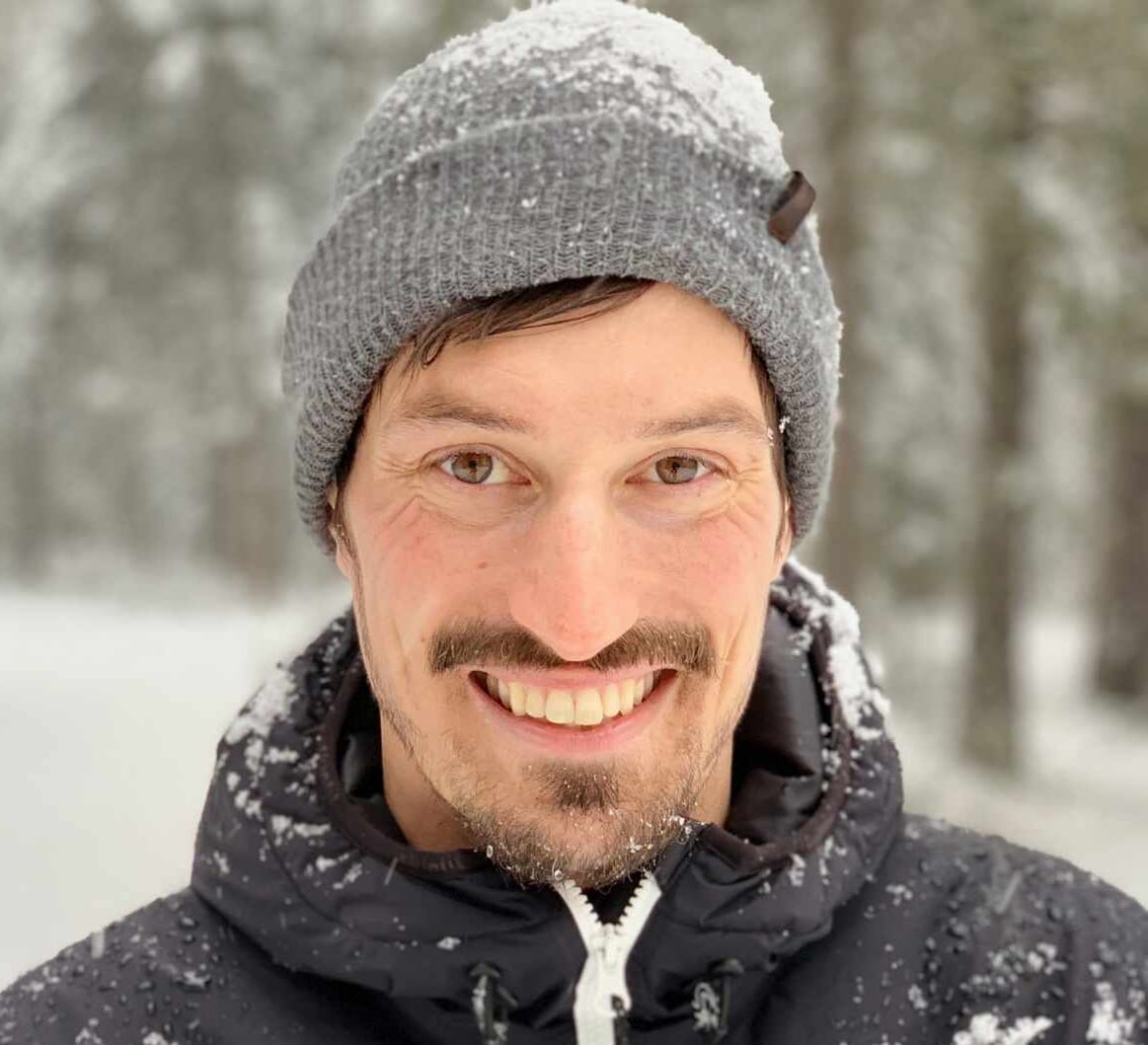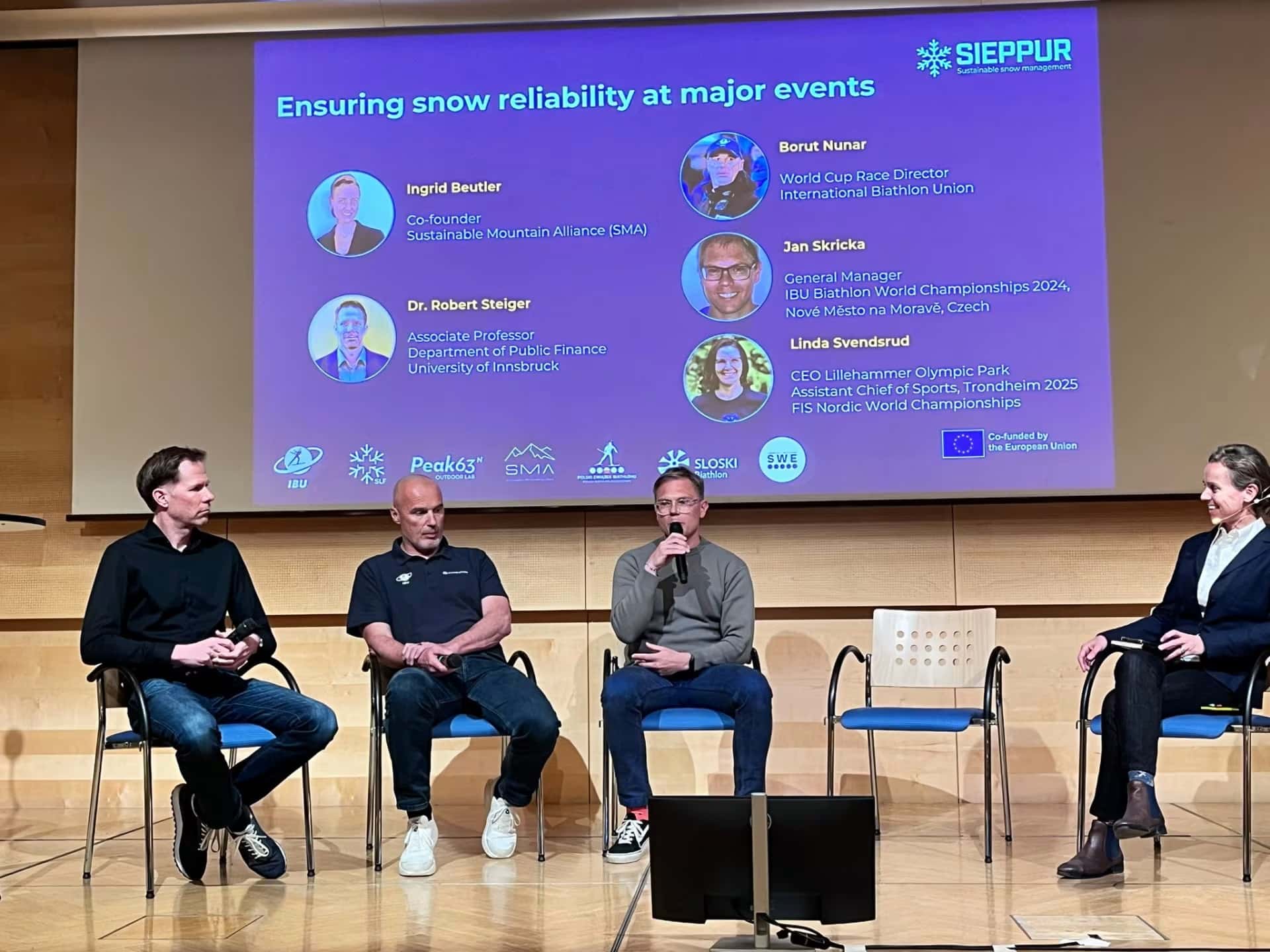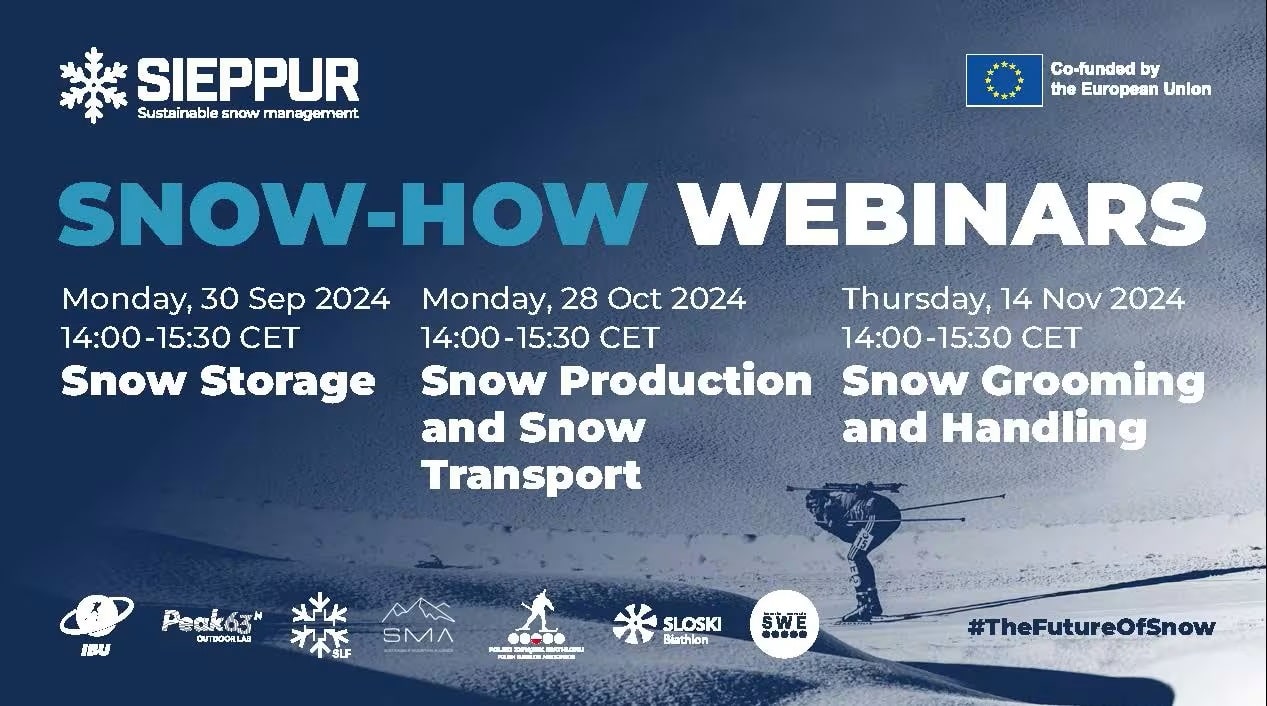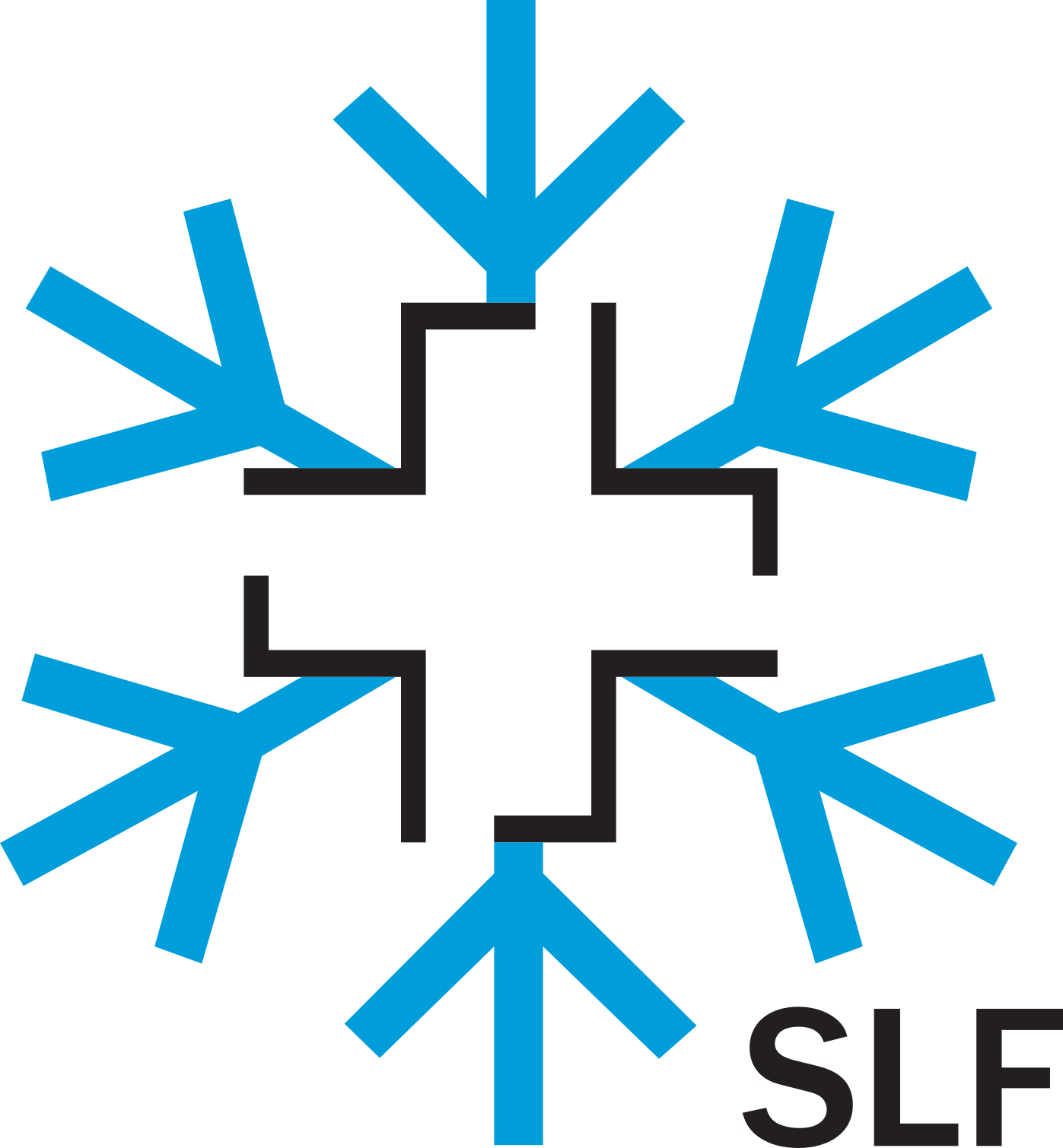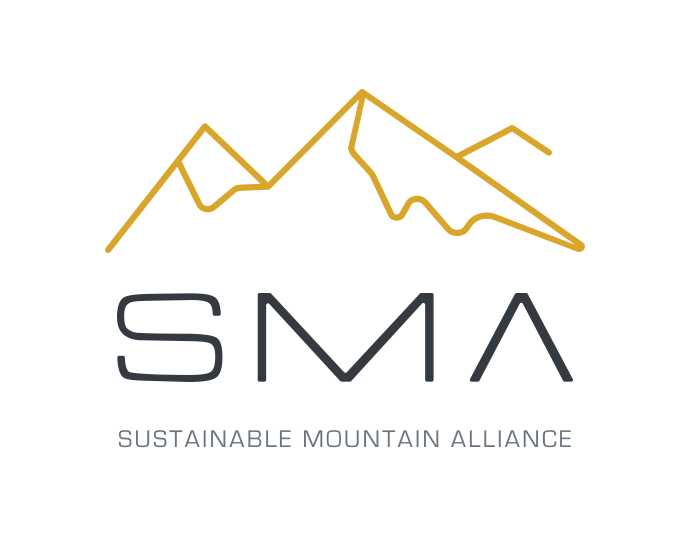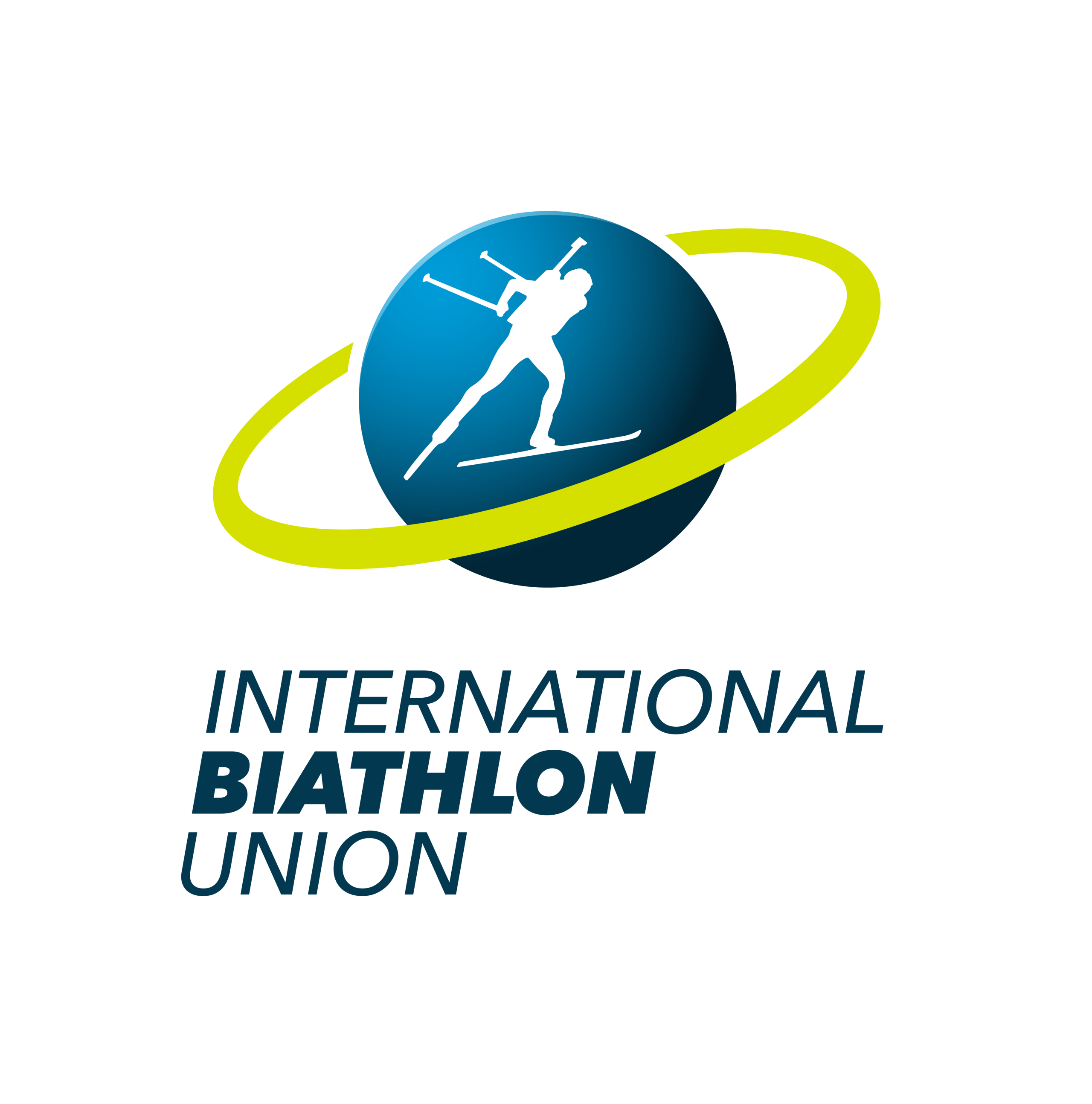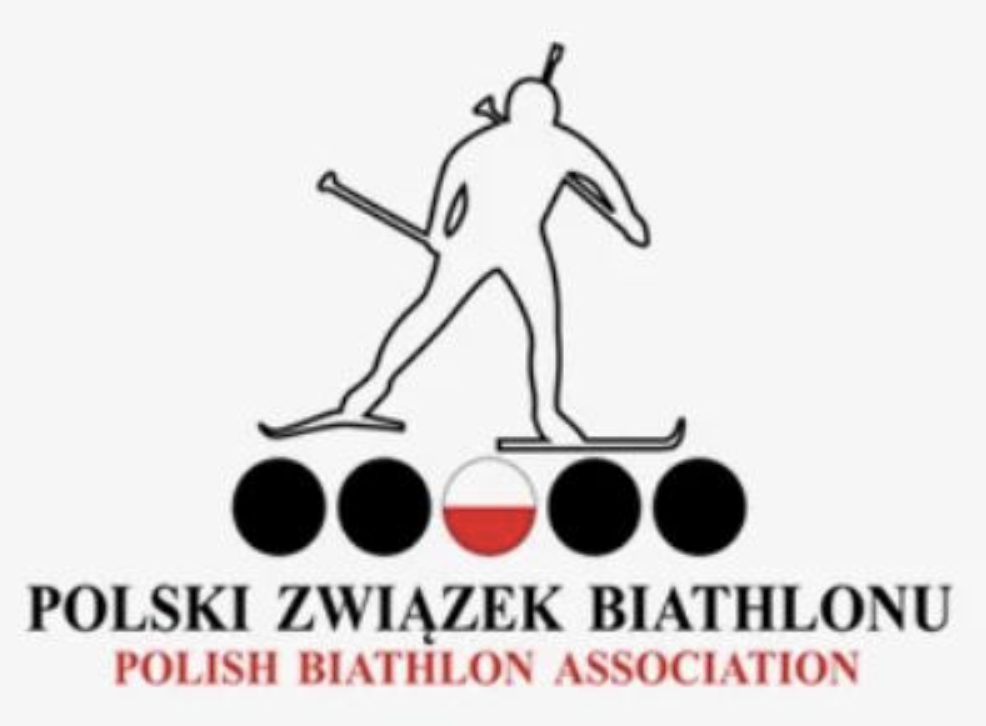Erik Melin Söderström is a Project manager at Peak 63, a Sweden based consultancy company focusing on sustainability in the sport and outdoor industry, where he is actively working on sustainable snow management.
Describe Peak 63
Peak 63 is a Sweden based consultancy company focusing on sustainability in the sport and outdoor industry, and an official partner of the SIEPPUR project. We look at climate change and sustainability in projects such as sports and the enhancement of e sustainability in networks such as the Scandinavian Outdoor Group that aims to promote sustainability amongst its members, or IBU’s Snow Network.
We work with companies and organizations on various sustainability issues, such as the Swedish Association for Ski Areas (SLAO) who we helped develop an online sustainability course for all staff at the ski resorts, and helped them how to start tracking their CO2 footprint and sustainability progress amongst their members..
We also have a snow grooming course together with the Swedish Ski Federation and the ski venue Vålådalen (a SIEPPUR venue). We frequently consult.
Individual ski areas and resorts in sustainable snow management and specifically snow storage.
We are currently working on solutions such as the development of a new fabric for snow covering, ‘Snow Wool’, that is made of wool rather than plastic, although we are still in the testing phase.
We also coordinate the Federation of the European Sporting Goods Industry – Winter Sport Sustainability Network (FESI-WSN), looking at sustainability and circularity within the winter sports Industry. We work with Head, K2, Atomic and other brands in this Network.
How do you advise on sustainable snow management?
We look at the venue, at our customer, to define what their goal is, such as events, and what the best solution is. Snow storage is very popular, but we should not do it just because everyone else is doing it as in general it is more resource intensive than regular snowmaking.
We seek to find smart solutions, not simply using old techniques or easy fixes. Potential energy and resources savings with sustainable fuel and sustainable electricity are very much at the forefront today.
What are some of the trends in snow management that you are seeing?
The electrification of vehicles is happening but we’re not able to deploy everywhere yet.
A few years ago, it was all about technical solutions to fix a lack of snow. People seemed less concerned about the climate impact of such solutions. Today, companies must answer their customers as to why they are managing snow in a particular way.
There is a criticism of snow sports resource use although we do not have such a large energy footprint as other sports, however there is still a lack of data to validate this.
We need to be able to prove we can create a particular benefit for a certain amount of investment and minimize our negative environmental footprint.
What does the SIEPPUR project aim to show?
We want to be able to prove that for X number of ski days per year there is X amount of cost, energy, other resource use and emissions.
We can then compare it to other venues and with other sports and identify further opportunities and solutions for reduction.
We believe snow sports are not the worst if you calculate carbon emissions per skier day, but we need the data and knowledge to prove that and to be able to improve the ski venues.
And we need to know whether, given the predictions for a warming climate, what we invest in is not be a waste of resources.
How are you collecting data from the venues?
We have 10 venues as part of the project, 3 High Altitude – Low Latitude (Alpine), 3 Low Altitude – Low latitude (Low Mountain), and 4 High Latitude – Low Altitude (Scandinavia/Nordic).
Since the beginning of the project, we have been conducting field visits to:
- See the location and understand the local opportunities and constraints affecting strategies that they can use
- Understand the data collection challenges linked with venue-specific constraints, infrastructure, event planning, and governance issues.
The venues also collect and share data with us, such as:
• Snow production: we gather data on the number of snow lances, snow guns, the volume of snow produced, the hours, m3 of water, and kWh of electricity used. We look at the different locations and analyze whether snow is produced only for biathlon tracks or other tracks or produced and put into storage.
• Snow storage and grooming: we look at machinery details (type of vehicle, number, weight, power (kW), type of fuel), hours and manpower for the storage procedure including: pile shaping, covering and removing the cover, snow spreading and preparing (including grooming work) and cleaning the depot
• Fuel consumption in different Snow types: we also try to collect data on how different types of snow that dominates the upper 10 cm and whether it’s new, winter, machine-made, spring or storage snow and how this affects the fuel consumption in grooming.
What are the next steps for the SIEPPUR project over the coming European summer months?
During this summer, we will analyze the data we have collected and continue to collect snow storage data. In the autumn, we will conduct some more field visits, undertake further research and start defining best practices for snow management.
What are the expected outcomes of the SIEPPUR project?
The SIEPPUR Project aims to raise awareness based on real data measurements from snow sports regions around Europe, and to share examples on how sustainably and efficiently manage snow.

